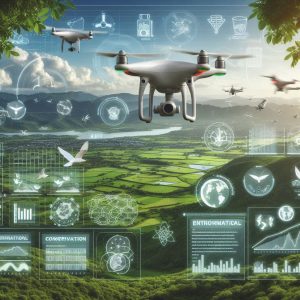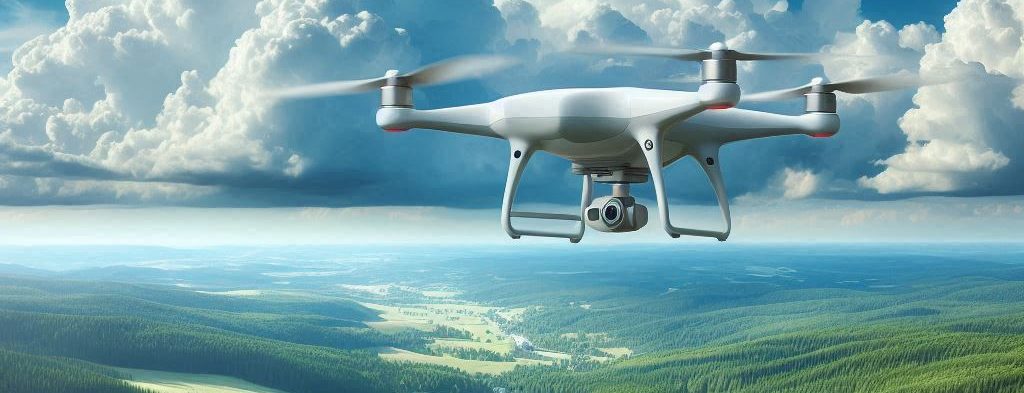Category: Environmental Impact
 Overview
Overview
The use of drones has brought about significant changes in various environmental fields, contributing both positively and negatively to the environment. This category delves into how drones impact our planet, focusing on their applications in environmental conservation, monitoring, and the potential challenges they pose.
Positive Environmental Contributions
1. Wildlife Conservation
- Habitat Monitoring: Drones equipped with cameras and sensors can monitor wildlife habitats, track animal movements, and gather data on species populations without disturbing the animals.
- Anti-Poaching Efforts: Drones can patrol protected areas, detect illegal activities such as poaching, and provide real-time data to authorities, enhancing conservation efforts.
2. Reforestation and Land Rehabilitation
- Seed Planting: Drones can be used to plant seeds in deforested areas, accelerating reforestation efforts and promoting ecosystem recovery.
- Erosion Control: By monitoring and mapping erosion-prone areas, drones can help implement erosion control measures, preserving soil health and preventing land degradation.
3. Environmental Monitoring
- Air Quality Measurement: Drones equipped with air quality sensors can measure pollution levels, identify pollution sources, and monitor changes in air quality over time.
- Water Quality Assessment: Drones can collect water samples from lakes, rivers, and oceans, providing data on water quality and helping identify pollution hotspots.
Challenges and Negative Impacts
1. Environmental Disturbance
- Noise Pollution: The noise generated by drones can disturb wildlife, especially in sensitive areas such as nesting sites and wildlife reserves.
- Habitat Intrusion: Inappropriate use of drones in natural habitats can lead to stress and behavioral changes in wildlife, potentially impacting their health and well-being.
2. Electronic Waste
- Disposal Issues: As drone technology advances rapidly, outdated and damaged drones contribute to electronic waste, posing a challenge for proper disposal and recycling.
- Resource Consumption: The production of drones requires raw materials and energy, contributing to the depletion of natural resources and environmental degradation.
Regulations and Best Practices
1. Ethical Drone Usage
- Minimizing Disturbance: Operators should adhere to guidelines that minimize the disturbance to wildlife and natural habitats, such as maintaining a safe distance and avoiding sensitive areas.
- Responsible Disposal: Promoting responsible disposal and recycling of drones and their components can help mitigate the impact of electronic waste.
2. Legal Compliance
- Regulatory Framework: Operators must comply with local and international regulations governing drone usage, ensuring that drones are used responsibly and legally in environmental applications.
- Permit Requirements: Obtaining necessary permits for drone operations in protected areas and ensuring adherence to specific conditions to minimize environmental impact.
Future Prospects
- Innovative Solutions: Continuous advancements in drone technology will lead to more environmentally friendly designs, such as quieter drones and those with longer flight times and lower energy consumption.
- Sustainable Practices: Increased awareness and implementation of sustainable practices in drone manufacturing, operation, and disposal will reduce the overall environmental footprint of drones.
- Collaborative Efforts: Collaboration between governments, NGOs, and private companies will enhance the development and enforcement of regulations and best practices, ensuring that drones contribute positively to environmental conservation.

